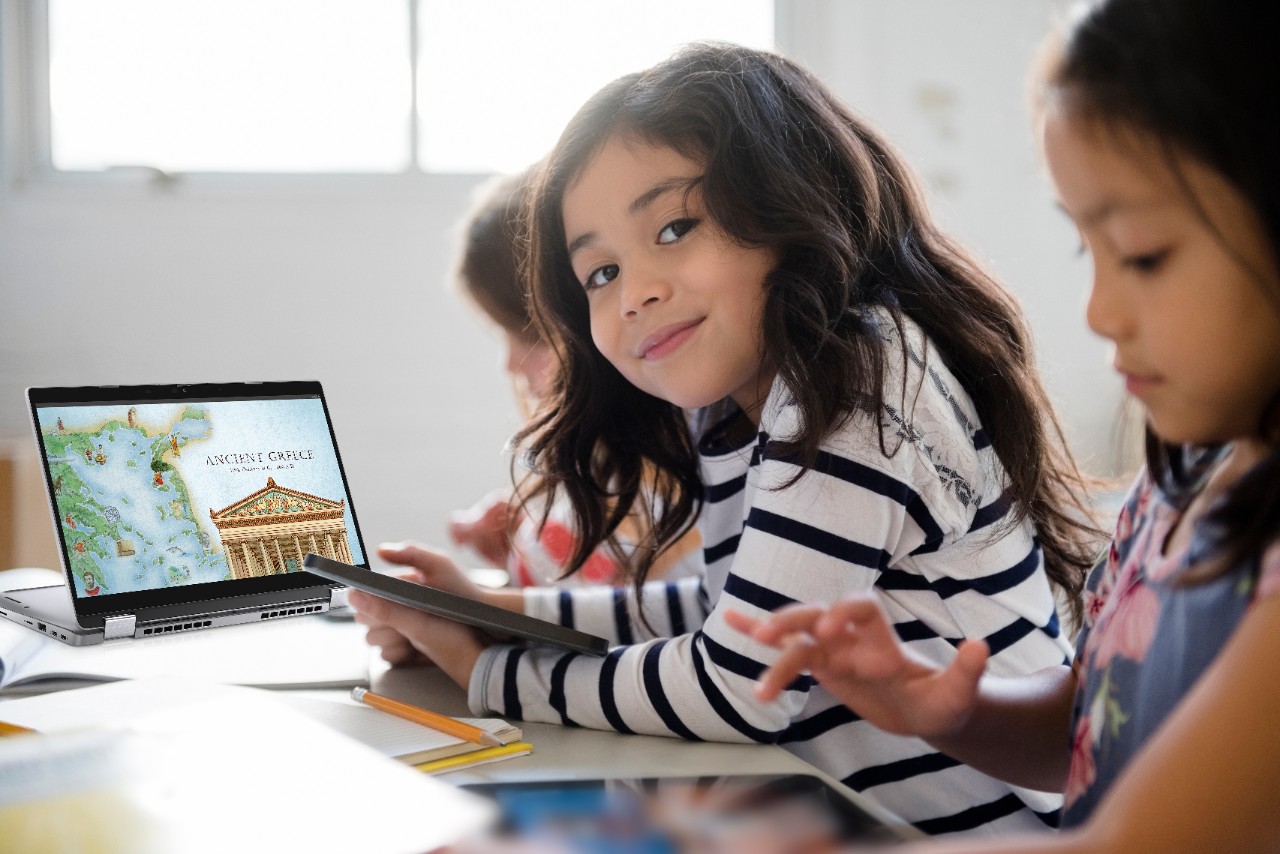

The questions below provide an opportunity for teams to reflect on levels of readiness. You may want to complete this piece before completing the Readiness Assessment to understand various perspectives of different stakeholders. Click any section below to begin.
In order to save: All responses will be saved locally to your browser's memory; no data is sent or stored anywhere outside of your browser. If you refresh the page your answers will still be there, but if you clear your browser memory your answers will be deleted. If you would like to save a copy of your responses for reference or to share across the team, click here.